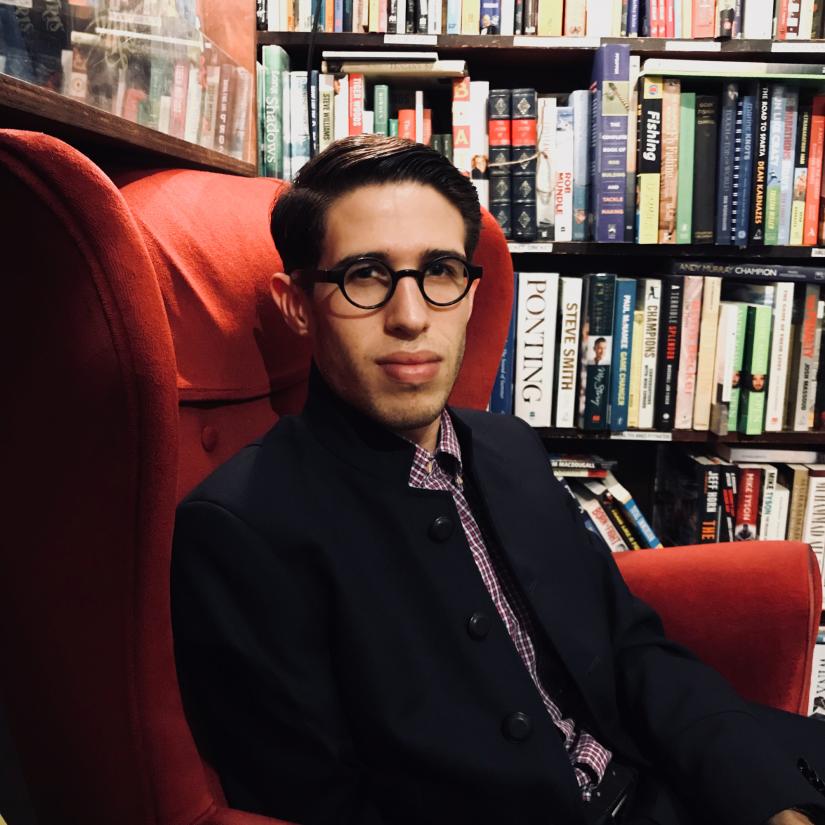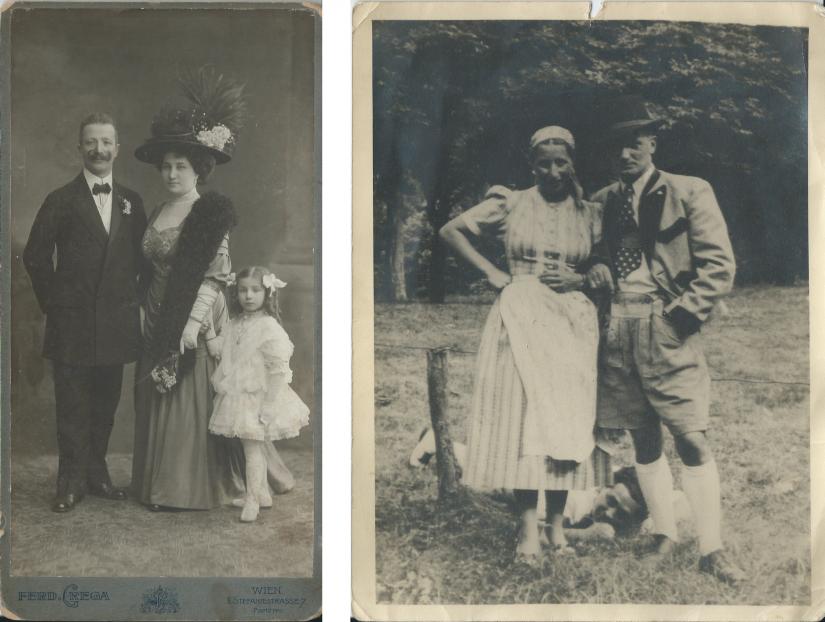Clothes can be much more than objects that keep bodies covered – they can express status, reflect social norms, or tell important historical stories. But, while there’s plenty of dress and fashion historical research about women, recent UTS PhD graduate Jonathan Kaplan believes that there’s plenty left to discover in the world of men’s fashion.

His interest in how men dress themselves and the sartorial choices they make may be in part because of his background as a fashion designer – he created a menswear line for his honours project as part of the UTS Bachelor of Design in Fashion and Textiles.
“Usually, texts that I’ve come across tend to focus on the dress choices of women as opposed to men. And I think this is just part of the general perception that menswear is so boring, historically,” he says.
“Whereas I find the difference in menswear being the small details, and I think those are important to study.”
It’s no surprise, then, that Kaplan’s research interests led him to the UTS Fashion Futures Lab, which is headed up by Distinguished Professor Peter McNeil. McNeil, who became Kaplan’s supervisor, is one of the world’s leading authorities in the field of historical fashion studies.
Under McNeil’s guidance, Kaplan embarked on a program of research about Jewish men and the clothes they wore in Vienna between 1890 and 1938, when the Nazi occupation of Austria began. It’s a critical period of history across many research disciplines – for dress historians like Kaplan, it’s an era rich with information about the lives of everyday people.

Jonathan C. Kaplan presenting research at Sherman Centre for Culture and Ideas (SCCI) fashion Hub, 2019. Photo: Daniel Asher Smith.
“Essentially, the project is a study of Jewish men in Vienna and their dress, and dress serving as a tool in self-fashioning in various forms, whether that’s acculturation, assimilation, ethnoreligious consciousness and identity,” he says.
“My research looks at the relationship of dress to antisemitism in terms of dress or the dressed body or male appearances in general, and how that had some kind of relationship to perceptions of Jews and the creation of anti-Semitic stereotypes within Vienna at this time.”
What Kaplan discovered was that the adoption of modern clothing during this era – particularly the suit, which persists to this day as an example of modern, masculine and material identity – had a direct link to the 19th century Jewish emancipation in Central and Western Europe.
As a result, Jewish people could work in occupations they’d previously been barred from, live anywhere in Austria-Hungary, and dress as they pleased.
“By this point, Jews no longer had to dress a certain way. Historically, under Christendom and Islam, Jews often had to wear certain garments that identified them as separate to the rest of the population, which had a discriminatory and a protective status at the same time,” Kaplan says.
As such, modern clothing reflected the desire of Jewish men to assimilate into modern European society – to join in and blend in with the people around them – as well as to engage with business, academic and literary communities, and to counter the stereotype of being an ‘old-fashioned Jew’.

Left: Markus & Gisela Czopp with their daughter Grete. Vienna, 1910. Right: Grete & Fritz Stern, undated. Images courtesy of Eva Engel, Sydney.
But the freedom to dress in modern attire also contributed to a new type of anti-Semitism, borne of the fact that Jewish men could no longer be identified by the clothing that they wore. The result was a more racialised form of ‘othering’; Kaplan believes this contributed to the perpetuation of Jewish ‘difference’ that enabled Nazism to feed off the anti-Jewish sentiment present within Austrian society.
In exploring the dress of this era, Kaplan focused on images than in the material artefacts themselves. His work was focused on old photographs and illustrations, media and literary fiction, as well as written and oral histories from survivors themselves.
“Material artefacts are important from a material culture studies perspective, if one is looking at construction of clothing or economic history, for example. I’m looking at it more in the way that people used clothing to, either unconsciously or consciously, create themselves in a certain way,” he says.
“Clothing is very important about telling us how people lived.”
Learn more about UTS DAB Research and the Imagining Futures Fashion Lab.

